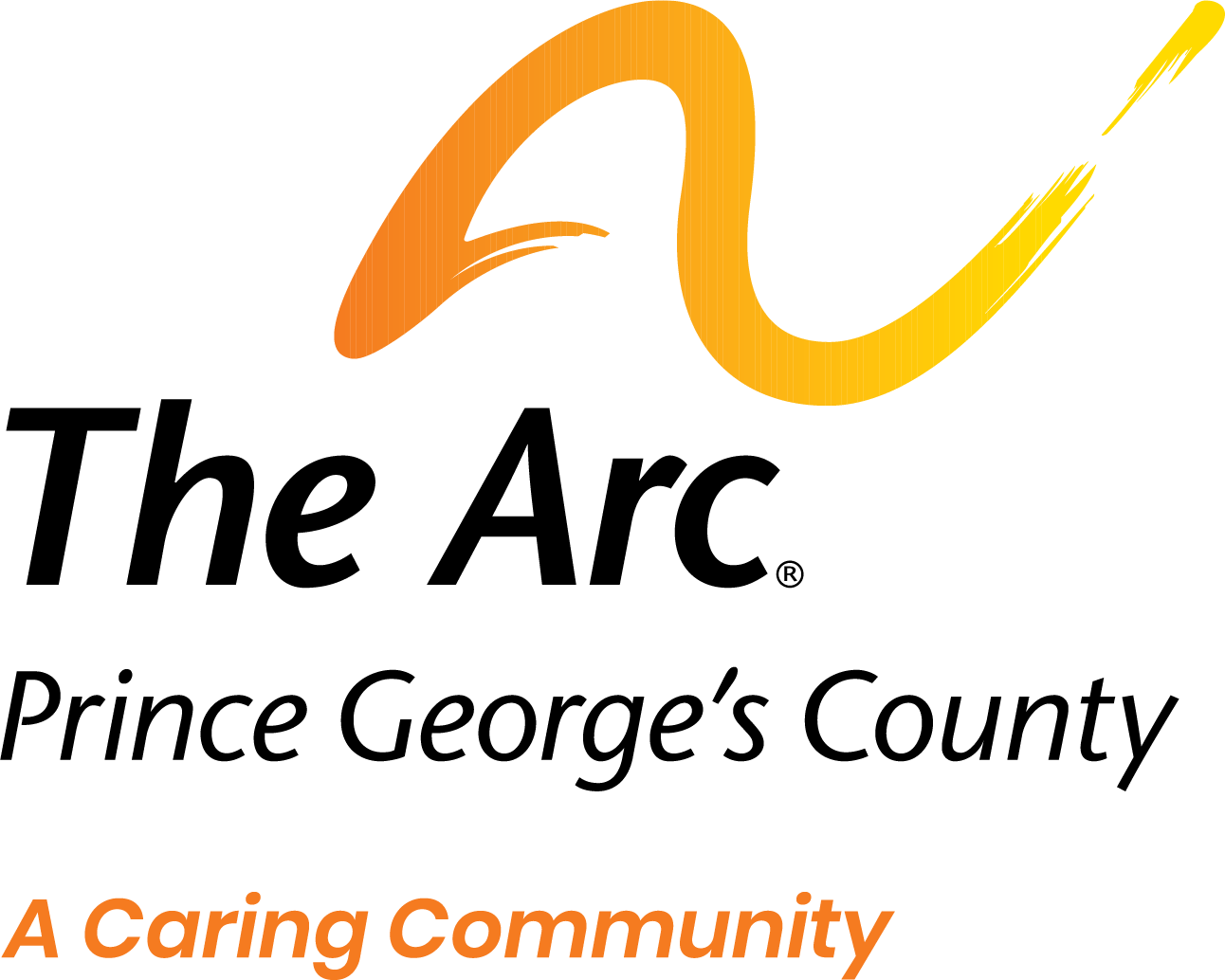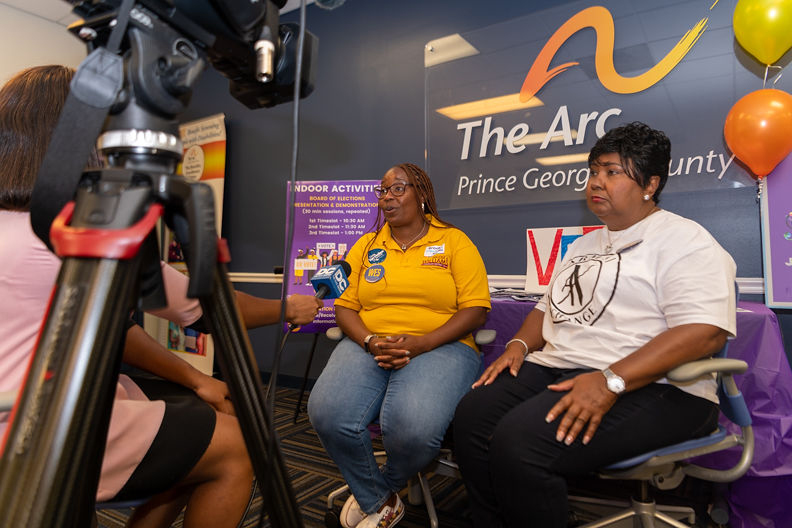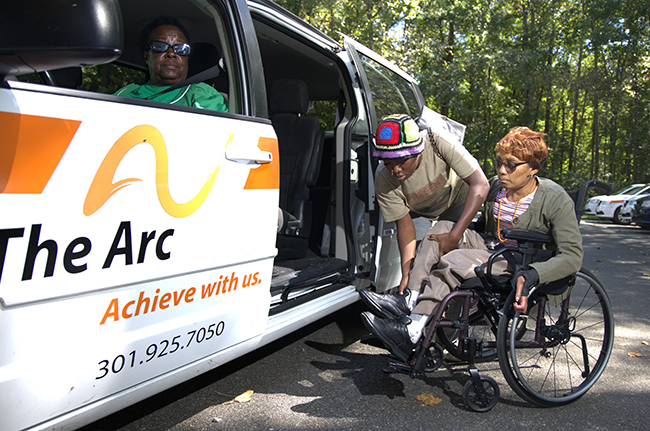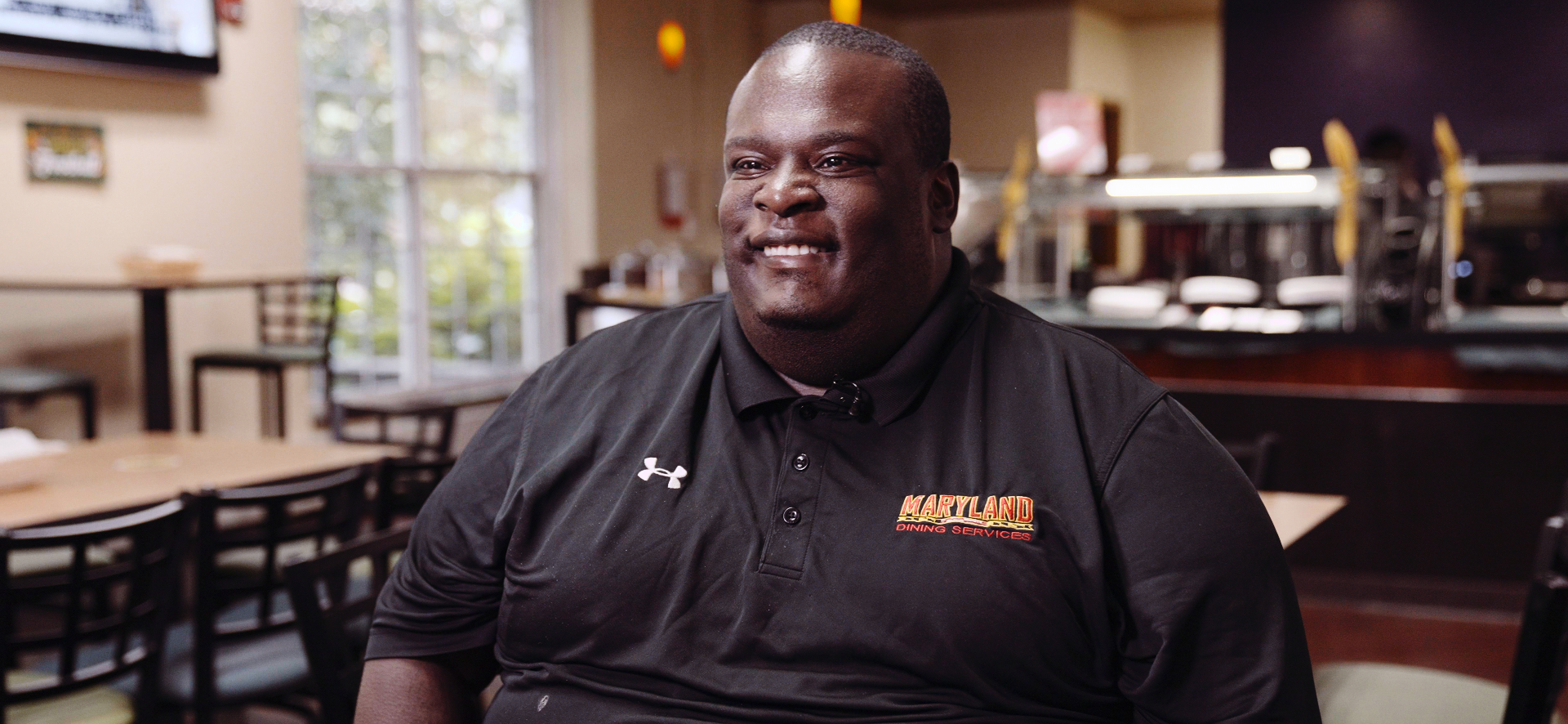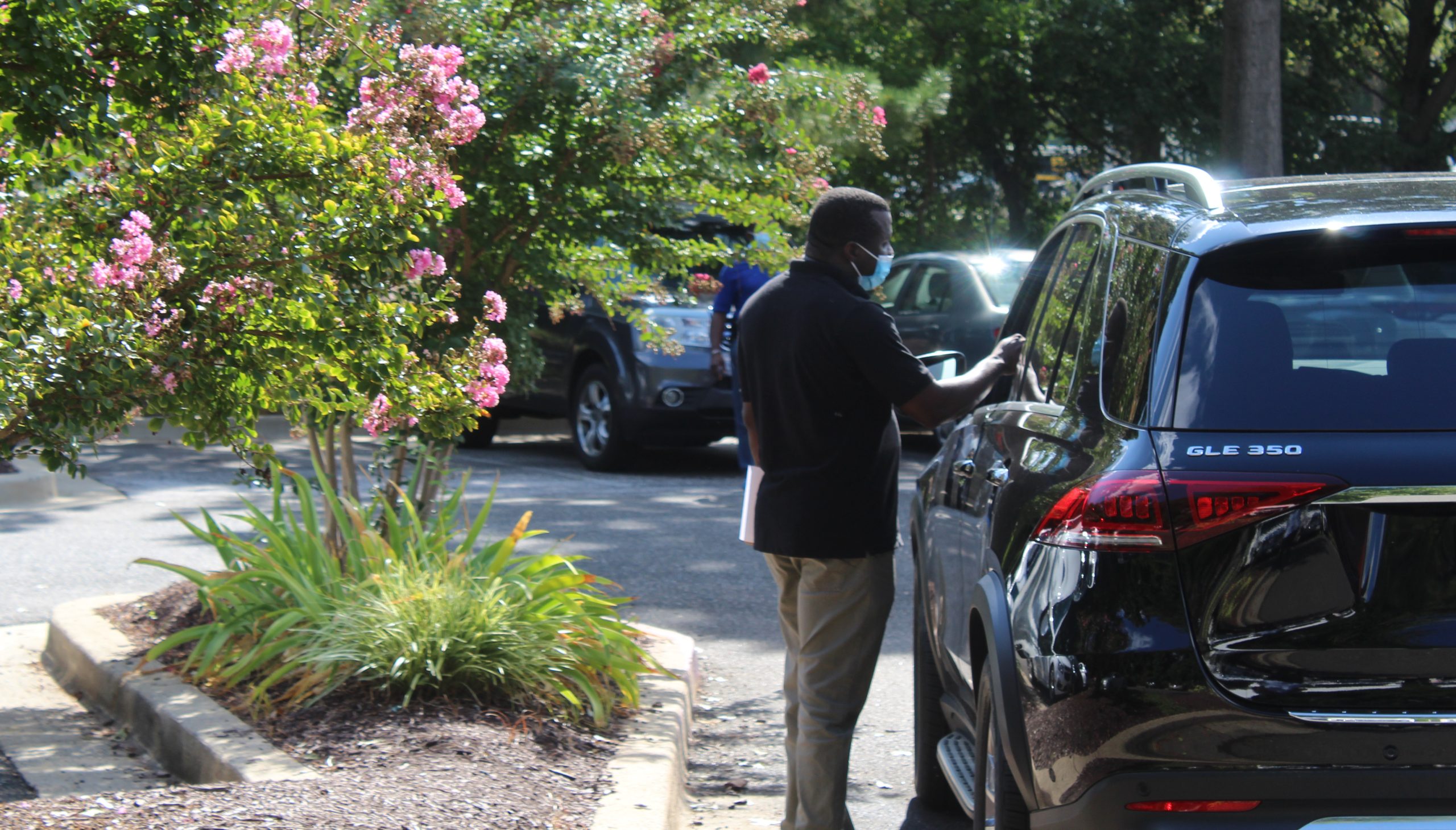Our History
A timeline of the history of The Arc Prince George's County
1990
The Arc runs it first annual golf tournament. The tournament continues for 24 more years raising over $600,000 for Arc progams and services.
1995
2003
With the assistance of Betsey and Pat Petit, The Arc establishes the Sarah Petit Fund, which provides financial assistance so individuals can explore new opportunities in the areas of sports, fitness, and recreation. This fund was designated as the beneficiary of proceeds from the Annual Bowling Bash.
2003
The Arc develops a partnership with Metro Access to transport program participants to and from work and day program sites.
2003
The Arc provides leadership and office support for The Human Services Coalition of Prince George’s County and The Prince George’s Providers Council, ensuring its work is done in concert with others throughout the County.
2004
The Arc establishes The Office Skills Training Program, which provides year-long training, internships, and job placements in offices throughout the metro area.
2005
The Temple Hills Vocational Center opens, providing increased accessibility for Southern Prince George’s County residents.
2007
The Arc Board and Staff engage in a year-long strategic planning effort that propels the association forward with its new mission of “offering a lifetime of support, understanding, and opportunities for people with developmental disabilities and their families.”
2008
The Arc renovates and expands its Respite Care Home adding bedrooms and making the home completely accessible. Parents and children that utilize the home are thrilled with their “new home away from home.”
2009
The Arc Residential Services Program develops eight new homes. Seven of these homes were transferred from Melwood. By year’s end, the program operated 50 homes serving 176 residents.
2011
With support from the William S. Abell Foundation, The Arc begins its 3-year Transformation Project – an effort to offer extensive opportunities for day program participants to experience the world of music, dance, fitness, art, and volunteerism through spend partnerships with community agencies specializing in these areas. At the end of the 3 years, day participants are spending over 50% of their day receiving support in these engaging community activities.
2012
The DDA selects the Arc to offer Low-Intensity Support Services to individuals and families throughout Prince George’s Montgomery, Calvert, Charles, and St. Mary’s Counties. This program provides small grants to hundreds of families to assist in supporting and caring for their family members.
2013
The Arc enters into an expanded partnership with the Maryland Department of Transportation and Metro Access, greatly enhancing its transportation network through new vehicle acquisition and adequate funding.
2014
Mac Ramsey, Arc Executive Director for 32 years, announces his retirement, and The Arc Board of Directors begins an expensive search for its new executive.
